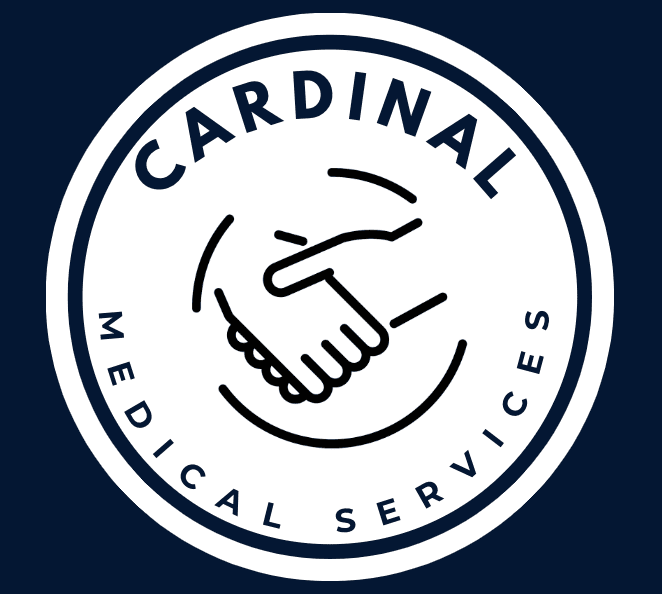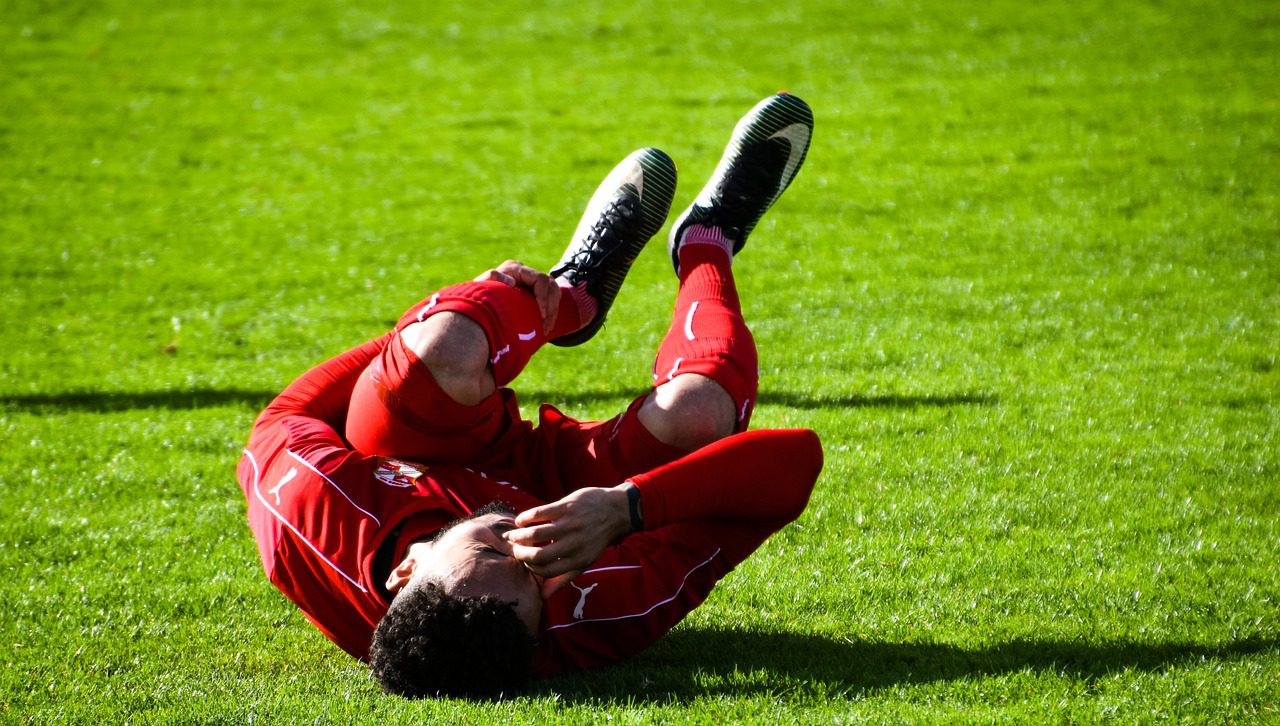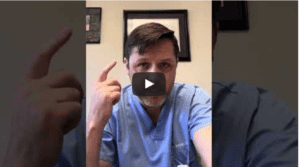
Understanding the Aftermath: Common Complications from Lower Extremity Crush Injuries

Lower extremity crush injuries can occur due to various accidents, such as industrial mishaps, vehicle collisions, or natural disasters. These injuries can have devastating consequences, not only causing immediate damage but also leading to long-term complications. Understanding these complications is crucial for both patients and healthcare professionals to facilitate better management and rehabilitation. Additionally, the cost of care can become astronomical, which is why considering a life care plan may be smart to obtain. In this blog post, we'll delve into some of the common complications arising from lower extremity crush injuries and explore their implications.
Compartment Syndrome:
One of the most immediate concerns following a lower extremity crush injury is compartment syndrome. This occurs when increased pressure within a muscle compartment compromises blood flow, leading to tissue ischemia and potential nerve damage. Symptoms include severe pain, swelling, numbness, and tingling. Without prompt intervention such as fasciotomy to relieve pressure, compartment syndrome can result in tissue necrosis and permanent disability.
Soft Tissue Infections:
Open wounds and contaminated debris in crush injuries create an ideal environment for bacterial growth, putting patients at risk of soft tissue infections. These infections can range from superficial cellulitis to deep-seated necrotizing fasciitis, posing a significant threat to limb viability and overall health. Timely wound debridement, antibiotics, and proper wound care are essential to prevent further complications.
Bone Fractures and Joint Injuries:
Lower extremity crush injuries often involve fractures of bones such as the femur, tibia, and fibula, along with damage to joints. Complex fractures or joint dislocations may require surgical intervention for stabilization and reconstruction. Failure to address these injuries adequately can lead to malunion, nonunion, or post-traumatic arthritis, impairing mobility and causing chronic pain.
Peripheral Nerve Damage:
The force of impact in crush injuries can result in nerve compression, stretching, or laceration, leading to peripheral nerve damage. Numbness, weakness, and altered sensation in the affected limb are common manifestations. Nerve injuries may necessitate surgical repair or nerve grafting to restore function, although recovery can be incomplete and prolonged.
Complications of Vascular Injuries:
Crush injuries can cause vascular compromise, ranging from contusions to complete arterial or venous occlusion. Ischemia can lead to tissue necrosis and eventual limb loss if blood flow is not restored promptly. Vascular injuries may require surgical repair, bypass grafting, or angioplasty to salvage the limb and prevent further complications.
Post-Traumatic Stress Disorder (PTSD) and Psychological Impact:
Often an overlooked complication - the physical consequences of lower extremity crush injuries are often accompanied by significant psychological distress. Patients may experience anxiety, depression, or PTSD, particularly if the injury resulted from a traumatic event. Psychosocial support and counseling are essential components of comprehensive care to address these emotional challenges and promote recovery.
Overall, lower extremity crush injuries can have profound implications, extending beyond the initial trauma. Complications such as compartment syndrome, soft tissue infections, fractures, nerve damage, vascular injuries, and psychological distress can significantly impact patients' quality of life and functional outcomes. Early recognition, prompt intervention, and multidisciplinary management are vital to mitigate these complications and optimize long-term recovery for individuals affected by lower extremity crush injuries.
P.S Even when an injury seems pretty straight forward, it can turn into a long term disability if the healing process goes sideways. Call or text Dr. Lawler at 619-241-4942, to discuss any case to see if he can provide value from a medical-legal perspective.
Share This Post On:
Recent Posts
© 2025 Cardinal Medical Services, Inc. All rights reserved.









